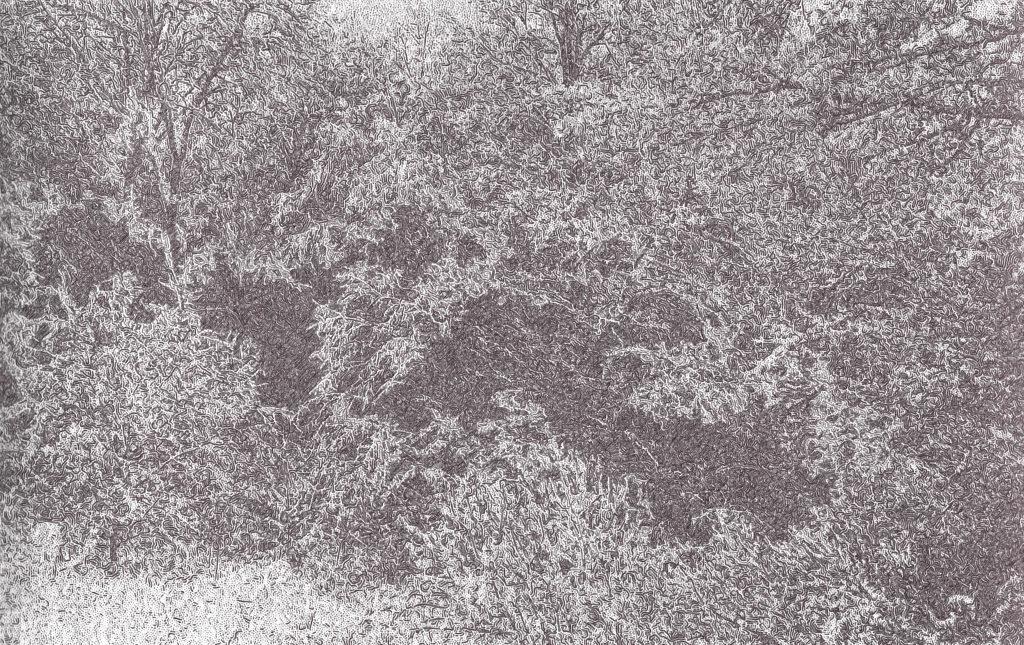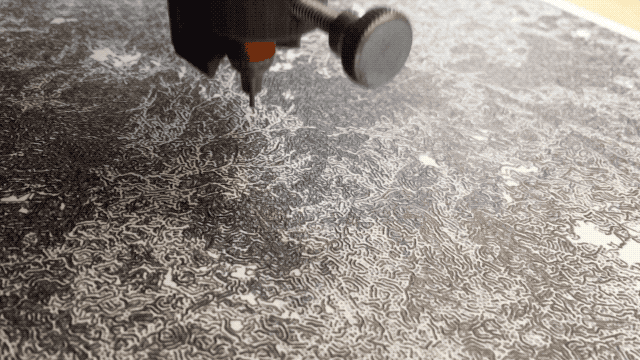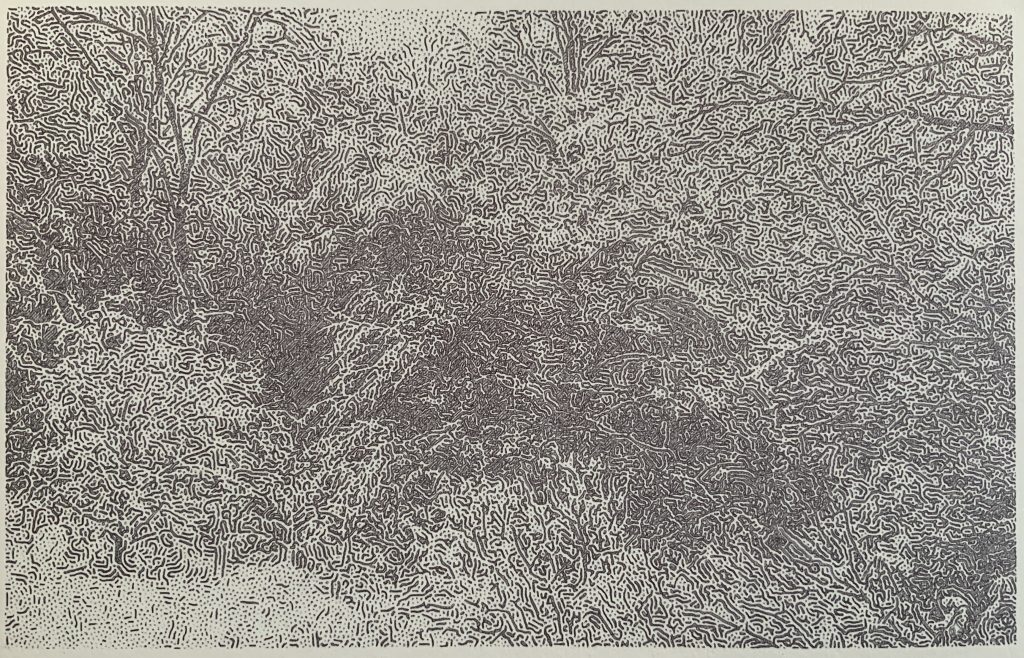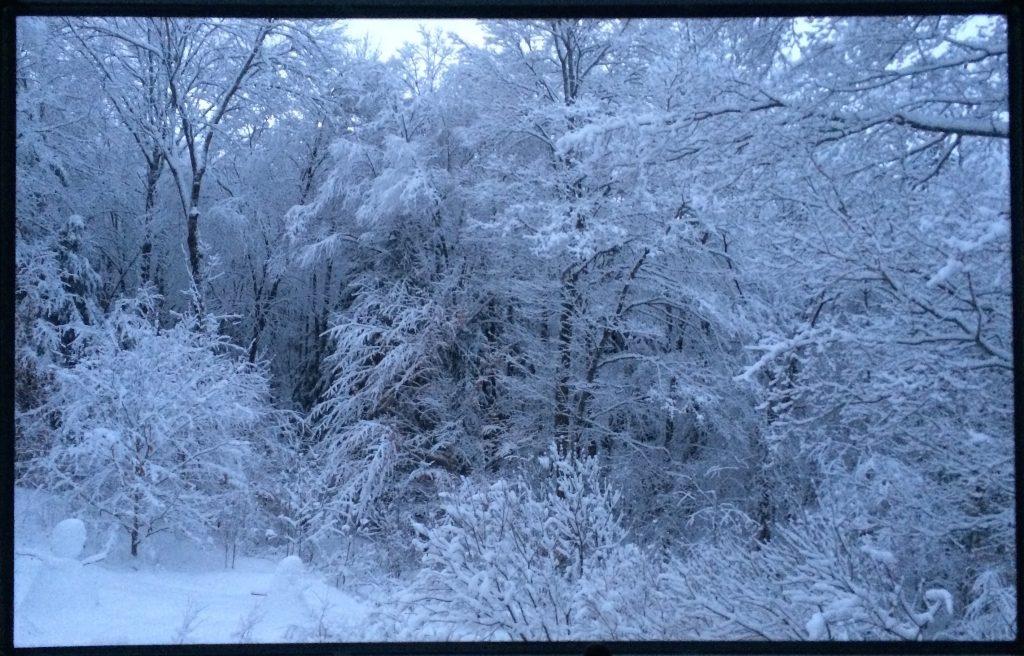This is close to the upper limit for plot complexity. The squiggles are packed so tight the ink and the fine point pen laying it are at the limit of what they can do while keeping the strokes distinct.

Having lived alongside machines my whole life, I never fully understood until this project what they were capable of. I knew it, but I didn’t understand it fully. I could I never draw this well, I wouldn’t have the dexterity to make these strokes, I wouldn’t have the ability to draw as fast, as relentlessly, or as flawlessly. Lastly, for the 17 hours that the plotter was drawing away, I was free to do other things. I know it’s not much of an epiphany but I found myself starring at this ongoing plot quite a bit pondering about how overwhelmingly better this machine was at drawing than I could ever hope to be. It’s one thing when a machine does something completely foreign that just isn’t possible for us humans, it’s another much more relatable thing when it holds a pen and draws. Learning about stepper motors has been a small revolution in my mind, and I see them everywhere in the world now.
I think I’ve pushed this one machine as far as it can go while still producing something of value. It’s a really good feeling to have pushed it this far given it represents the culmination of a 3 year pursuit. Now I can focus even more on the funner aspects of plotting cool things, knowing the machine and software stack can tackle the maximum level of complexity I would throw at them.


Reference: Ivan Murit’s Texturing


